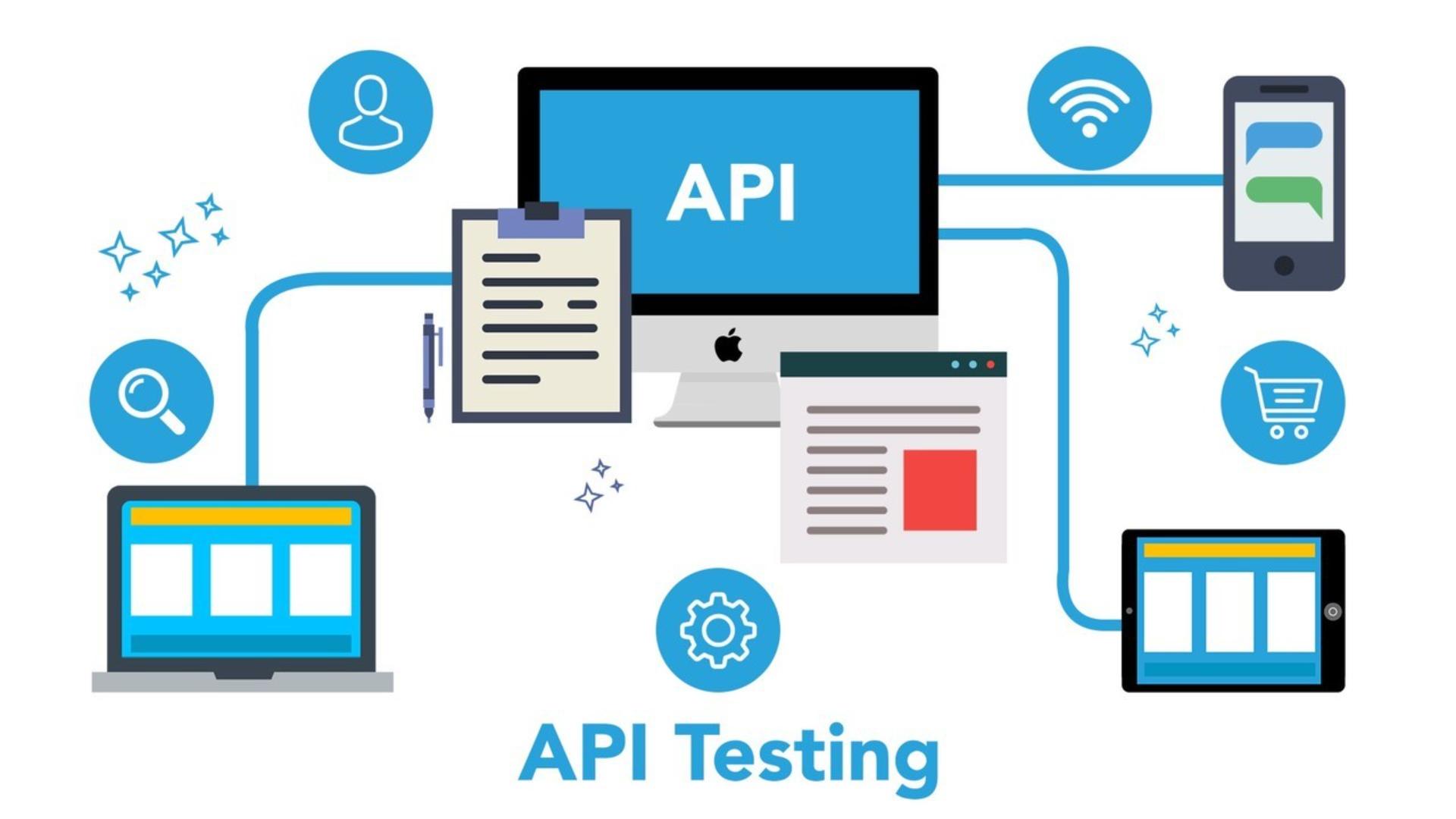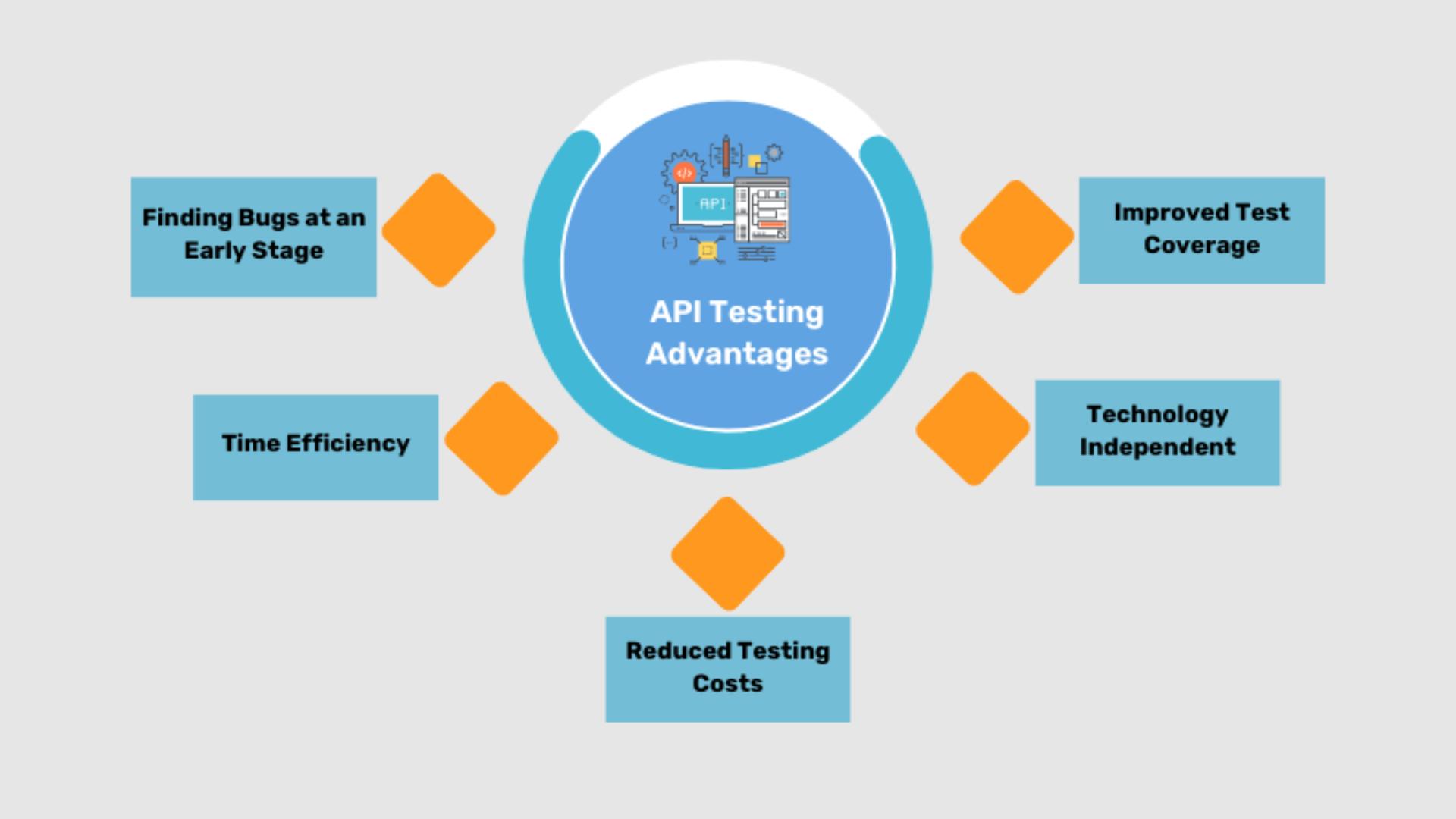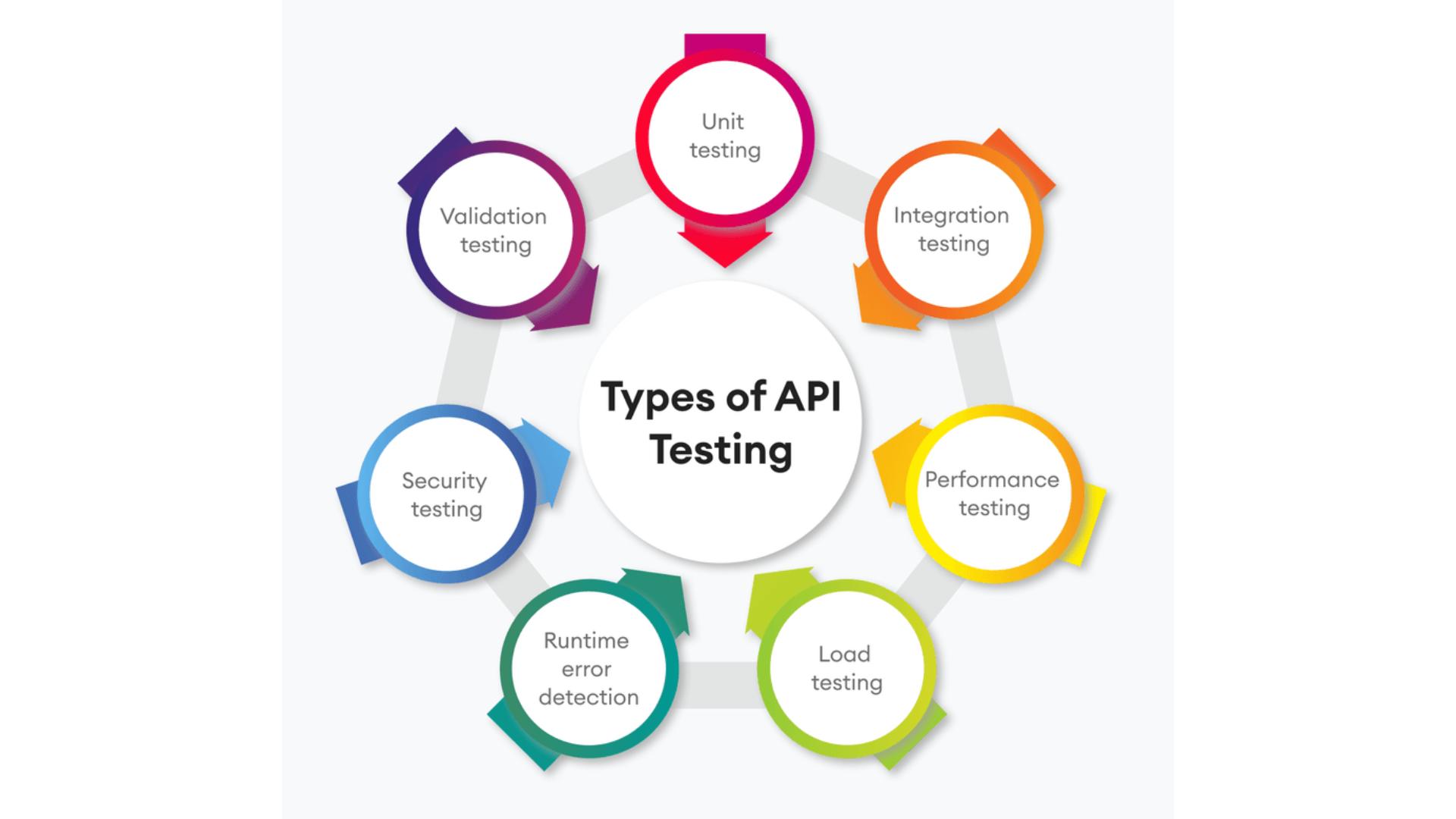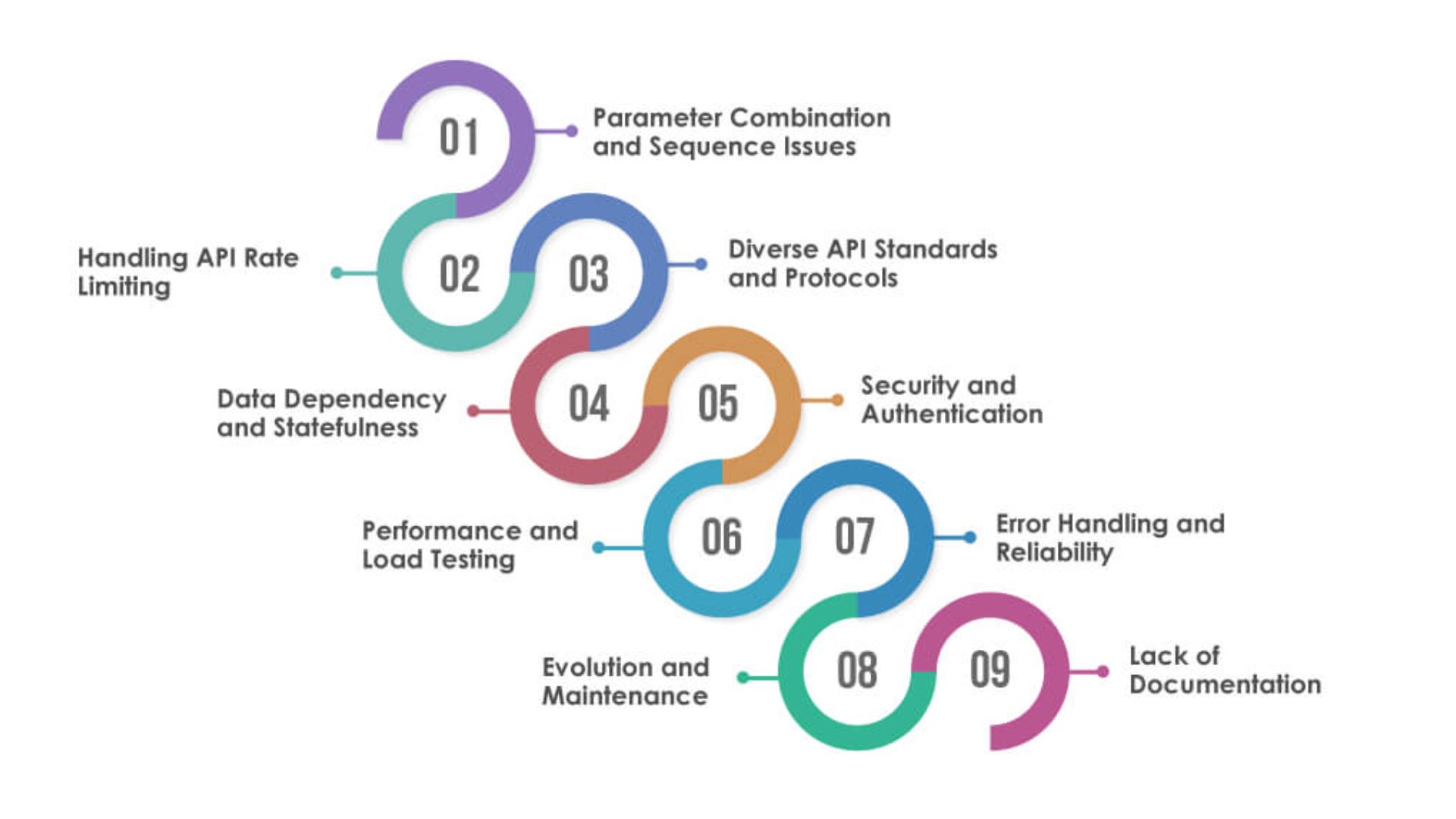
Can You QA Test an API? Here’s Everything You Need to Know




By Adnan Ghaffar Published 16 April 2025




Absolutely—QA testing an API is not only possible but crucial to delivering reliable software. APIs have become a foundational element in application development.
They facilitate communication between different software systems, enable modularity, and often handle critical business logic. Yet, because they’re “invisible” to end users, API issues can go unnoticed until they cause major problems in production.
That’s where QA steps in. By thoroughly testing APIs, QA teams ensure not just that endpoints return correct responses, but that systems interact reliably under all expected—and unexpected—scenarios.

Many organizations overlook or delay API testing because it feels too technical or separate from traditional QA practices.
But today’s QA engineers are increasingly expected to have a grasp on backend systems, not just the front end. With the right tools and approach, API testing becomes a seamless part of the QA workflow.
It helps catch bugs early in the SDLC, reduce the risk of integration issues, and improve system resilience. So yes, QA can test APIs—and doing so is one of the most impactful ways to safeguard application quality and user experience.
The goal isn’t just to confirm that APIs are “up”—it’s to validate that they’re fast, secure, and doing exactly what they should.
What Is API Testing?
API testing is a type of software testing that focuses on validating the logic, performance, security, and integration of application programming interfaces (APIs).
Unlike UI testing, which evaluates the graphical interface of an application, API testing works at the message layer, ensuring that data is exchanged correctly between different software components.

Understanding API
An API, or Application Programming Interface, is a set of rules and protocols that allow different software systems to communicate with one another. APIs act as bridges, enabling applications to share data and functions efficiently.
For example, when a mobile app fetches data from a server—like current weather information—it typically does so via an API. This allows developers to build applications that are modular, scalable, and maintainable.
Why API Testing Matters
APIs play a central role in the functionality of many applications. If an API is not functioning correctly, it can lead to broken features, data inconsistency, or even system failures.
That’s why testing APIs is so important. By catching issues early—often before the user interface is even built—QA testers can ensure that applications are robust and reliable from the inside out.
API testing also enables faster feedback, better test coverage, and fewer surprises down the line when services are integrated together.
The Role of QA in API Testing
Quality assurance professionals are integral to the API testing process. Their role extends beyond just validating whether the API "works."
QA testers are responsible for ensuring that APIs respond correctly in both normal and edge-case scenarios.
They test for functional correctness, performance under stress, and the ability to handle unexpected input gracefully.

Responsibilities of a QA Tester
When it comes to API testing, a QA tester has several key responsibilities. First, they must understand the API's documentation and how each endpoint is expected to behave.
From there, they design test cases that simulate both typical user actions and edge cases. QA testers are also in charge of verifying the structure of request and response data, testing authentication mechanisms, and monitoring how the API handles different types of input.
Their job is not just to find bugs, but to ensure that the API behaves reliably, efficiently, and securely.
QA vs Developer Testing: What’s the Difference?
While developers may perform unit tests on APIs to ensure that individual methods return the correct data, QA testers approach testing from a broader perspective.
Developers focus on verifying that their code works correctly in isolation. QA testers, on the other hand, validate the entire workflow—from how the API integrates with other systems, to how it handles errors, to whether it meets business requirements.
Both roles are important, but QA adds a layer of objectivity and end-user perspective that complements developer testing.
How to QA Test an API
API testing isn’t something you dive into blindly. It requires planning, the right tools, and a solid understanding of how the API is structured.
The first step is setting up the testing environment.
This includes getting access to the API’s documentation, obtaining any necessary credentials like tokens or API keys, and ensuring you have a stable test environment—ideally one that mirrors production.
API testing isn’t something you dive into blindly. It requires planning, the right tools, and a solid understanding of how the API is structured. The first step is setting up the testing environment.
This includes getting access to the API’s documentation, obtaining any necessary credentials like tokens or API keys, and ensuring you have a stable test environment—ideally one that mirrors production.
Setting Up Your Testing Environment
A reliable environment is key to effective testing. This means having a space where you can test the API without affecting live users or data. Often, QA teams use sandbox environments or mock servers to isolate their tests.
It’s also important to coordinate with developers to ensure you're testing the right version of the API and that any dependencies are properly configured.
Tools Commonly Used in API Testing
Several tools can assist in the API testing process. Postman is widely used for manual and automated testing of REST APIs. SoapUI is useful for both REST and SOAP-based services, especially when complex request structures are involved.
For performance testing, JMeter is a go-to option, while RestAssured offers a powerful way to write automated tests in Java.
The tool you choose depends on your team’s workflow, the complexity of the API, and whether you’re aiming for manual or automated testing.
Writing Test Cases for an API
Good API testing starts with solid test cases. These should cover a range of scenarios: normal inputs that return expected results, invalid inputs that should trigger error messages, and edge cases that push the limits of what the API can handle. QA testers also write test cases to validate how the API handles authentication, error messages, and data formatting. Each test case should be repeatable, measurable, and based on the API’s specification.
Validating Responses and Error Handling
Once the tests are run, the responses need to be carefully analyzed. This means checking HTTP status codes to make sure they align with expected outcomes (e.g., 200 for success, 400 for client error, 401 for unauthorized access).
The body of the response should also be reviewed for accuracy, structure, and performance. Error messages should be informative without revealing sensitive data. This phase of testing ensures that the API is both user-friendly and secure under pressure.
Types of API Tests QA Engineers Perform
QA testers perform various types of API tests depending on the objectives of the testing cycle. Functional testing is the most common, focused on ensuring the API returns correct results under different input scenarios.

Load and performance testing, on the other hand, evaluates how the API behaves under heavy traffic or large data sets.
Security testing checks for vulnerabilities like weak authentication or exposed data. Integration testing ensures that the API works seamlessly with other services or modules. Together, these tests give a complete picture of the API's health.
Best Practices for QA API Testing
To be effective in API testing, QA teams should follow some proven best practices. Automation plays a huge role—by automating repetitive test cases, testers can save time and reduce the chances of human error. Using mock servers is also recommended.
These allow QA teams to test APIs in isolation, without being dependent on other services that may be unstable or still under development. Another important best practice is documentation.
Keeping detailed records of your test cases, results, and environment setups ensures that your testing process is transparent, repeatable, and easy to hand off to others.
Common Challenges and How to Overcome Them
Like any other area of software testing, API testing presents its own unique set of challenges that can complicate the QA process and hinder reliable results. One of the most frequently encountered issues is incomplete or outdated documentation.
When API specifications are unclear, missing, or inconsistent with the actual behavior of the endpoints, testers are forced to rely on trial and error. This not only slows down the testing process but also increases the risk of overlooking critical bugs.
In such scenarios, the best approach is to establish strong communication channels between QA and development teams. Regular walkthroughs of the API, access to source code when needed, and joint reviews of the API contract (like Swagger or Postman collections) can help bridge these gaps.

Another major hurdle is the management of different environments—such as development, staging, and production. APIs might behave differently depending on the environment due to configuration differences, network latency, data availability, or third-party service dependencies.
Ensuring consistent test results across environments requires strict version control, environment-specific configurations, and careful test data management.
Implementing CI/CD pipelines with environment variables and automated testing frameworks can reduce discrepancies and make environment transitions smoother.
A third challenge lies in flaky tests—tests that fail intermittently without any changes to the code. These are often caused by unstable data, rate limiting, network delays, or dependent services being unavailable.
Flaky tests erode trust in the testing process and can result in real issues being ignored or dismissed. One way to mitigate this is through mocking and virtualization.
By simulating API responses using mock servers or stubs, testers can isolate the component under test and remove dependencies on external systems. This allows for more deterministic test outcomes and faster execution.
Additionally, QA teams may struggle with dynamic data and changing states, especially in APIs that interact with databases or user-specific sessions. In such cases, it's essential to use test data management strategies—either by seeding test environments with predictable data or by writing cleanup scripts that reset state before and after each test.
Tests should also be idempotent wherever possible to ensure they can be run multiple times without side effects.
Lastly, scaling API tests across multiple endpoints and test cases becomes a challenge as applications grow. Without proper automation and test organization, the QA process becomes time-consuming and error-prone.
Leveraging testing frameworks like Postman, RestAssured, or JMeter, combined with a centralized reporting tool, can help testers manage large test suites and quickly identify issues.
Final Thoughts: Yes, QA Can—and Should—Test APIs
In conclusion, QA testing of APIs is not just possible—it’s essential. APIs are the lifeblood of many modern applications, and ensuring they function correctly is a core responsibility of any QA team.
With the right approach, tools, and mindset, QA professionals can deliver high-quality APIs that are reliable, secure, and built for scale. So the next time someone asks, “Can you QA test an API?” you can confidently answer: Yes—and here’s why it matters.
Adnan Ghaffar is the visionary CEO of CodeAutomation.ai, a platform dedicated to transforming how businesses build software through cutting-edge automation. With over a decade of experience in software development, QA automation, and team leadership, Adnan has built a reputation for delivering scalable, intelligent, and high-performance solutions.
Under his leadership, CodeAutomation.ai has grown into a trusted name in AI-driven development, empowering startups and enterprises alike to streamline workflows, accelerate time-to-market, and maintain top-tier product quality. Adnan is passionate about innovation, process improvement, and building products that truly solve real-world problems.

